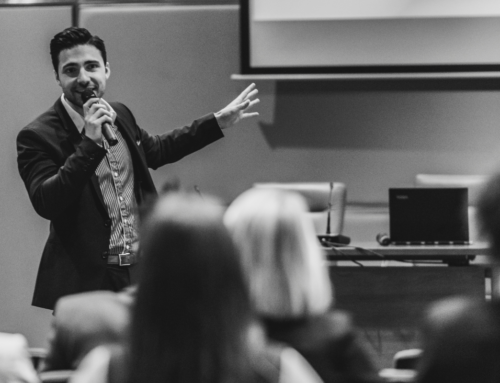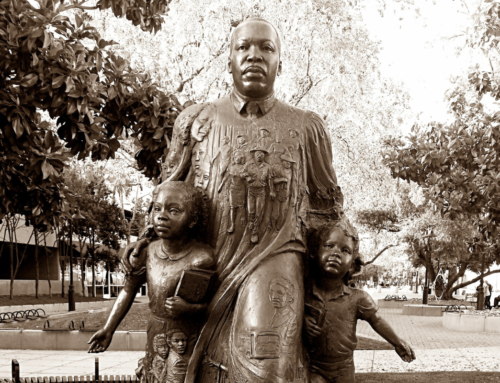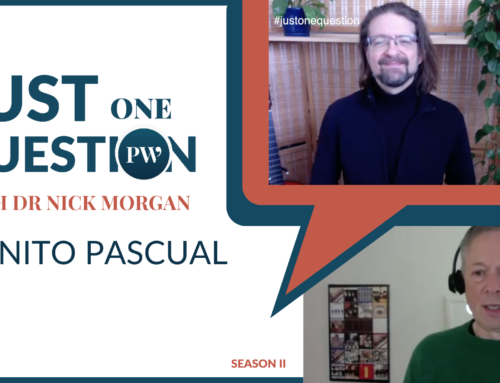And what of archetypes? How can you use them to help create powerful speeches?
Let’s first figure out what archetypes are. Basically, an archetype is a model of a character, or part of a character. The word and concept have been around for a long time, but they was made famous, so to speak, by the great Swiss psychologist Carl Jung.
When Jung talked about archetypes, he meant primarily aspects of a person – the Self, the Shadow (your Dark Side) and the Persona (the face you put toward the world). But he also talked about a host of other kinds of people, and aspects of people and the natural world, that could be archetypes, from the child, hero, mother and wise old man to the fish.
The idea is that your particular mother resonates for you with the archetypal mother in some ways, and not in other ways. You may develop a mother complex as a result. We live at our best and most fully when we’re in harmony with all the archetypes we summon up.
Jung believed that archetypes were real – a kind of bridge between our inner psychological world and the real world out there. More than that, we all have access to universal wisdom and understanding through and with these archetypes.
OK, so what does that mean for speakers?
I think we can invoke the power of the basic archetypes by naming them at appropriate moments in our stories and by using them as ways to connect with the audience. Words like ‘child’, ‘mother’, ‘father’ and so on have enormous resonance for just about everyone in your audience. The trick is to let your audience do the work, creating the associations, by giving them enough detail to get their minds working, but not so much that you stop them from using their imaginations.
Archetypes work best in simple stories that allow audiences to fill in the blanks. You need to craft these stories – really parables – with great care so that they are not hackneyed or silly. If you do it right, you can create powerful, memorable stories that call us all to our best, archetypal selves.








Could you elaborate on how to use archetypes? Maybe give an example? I am very interested in doing it well. Thank you.
Can you give an example of an archetype story?
Wanda, the stories themselves are not archetypes, per se; it’s the characters in the stories that can become archetypes. Look at the New Testament, with Jesus’ parables, for examples.
Hi, Susan — the best examples come from the Parables in the New Testament. Look there for how the characters in the stories resonate as archetypes precisely because they are not “colored in” with lots of detail, but left a bit general, with a detail or two that is relevant to the point of the story. That way, the reader or listener adds his or her color to the character, filling in the idea for “mother” for example.